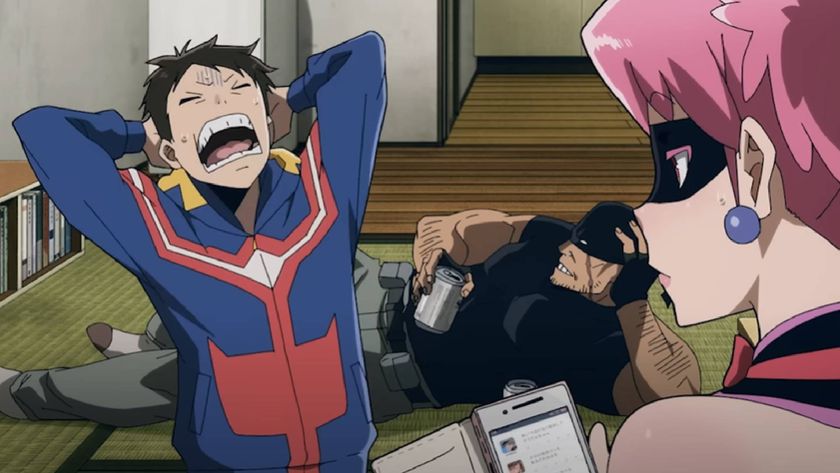Elden Ring has secret fight clubs that offer no end of challenge and spectacle
Elden Ring PvP is at its best in fight clubs – and one end game arena offers the greatest challenge
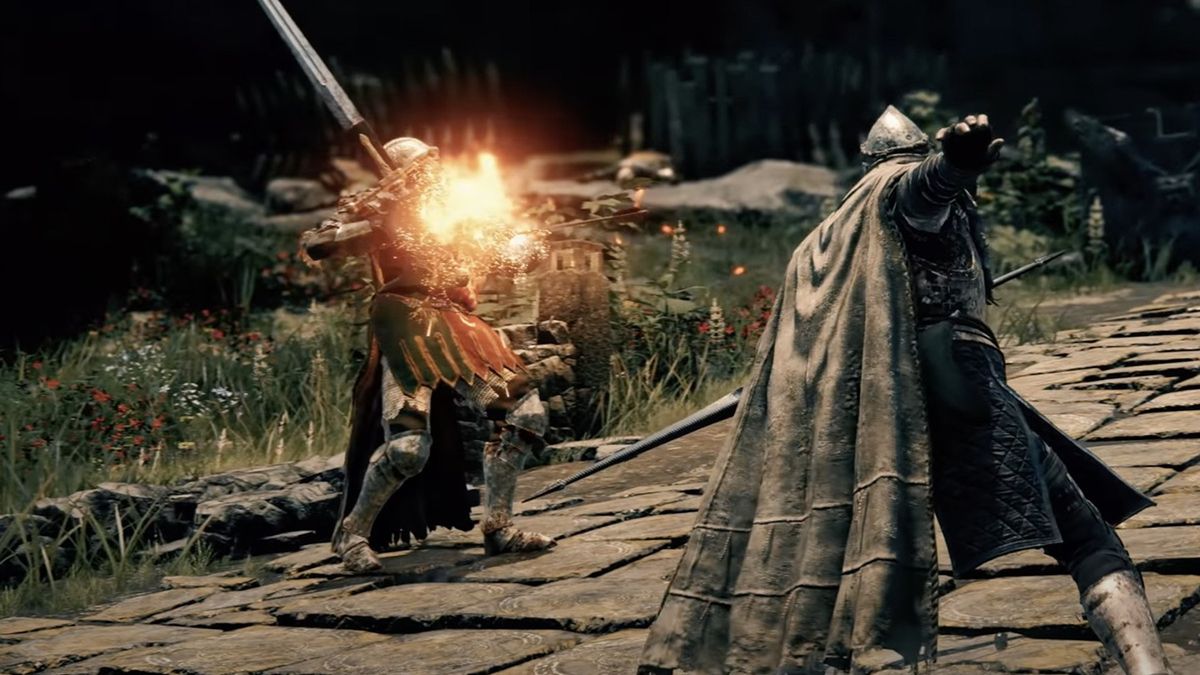
I'm sitting cross-legged above an Elden Ring fight club. Over my shoulder stands the Smouldering Church, which places me in Northern Limgrave, right at the Caelid border. To the east, the Minor Erdtree casts an imposing silhouette on the horizon. To the west, the Divine Tower cuts an immovable frame in the distance. Mist rolls over the barren hillside, and the blood red clouds that hang above give off strong Judgement Day vibes. For one of the two gladiators battling to the death before me, it is indeed their day of reckoning. But, what's this? One of the combatants has just necked a flask of Crimson Tears. Health replenishment, in an Elden Ring fight club? Not on my watch. I'm as old school as they come.
I cut my teeth in Dark Souls fight clubs, you see. Back when honour and ritual reigned supreme. When the use of magic in 1v1, close-quarters combat was legal but frowned upon, and when the punishment for having the audacity to chug a health potion mid-fight was death by whatever means necessary. In this instance, that's a flick of my Lusat's Glintstone Staff and a cast of Rennala's Full Moon sorcery. Rest in peace, Furled Finger WaterBoy75. Right, who's up next?
The first rule of Elden Ring fight club is…
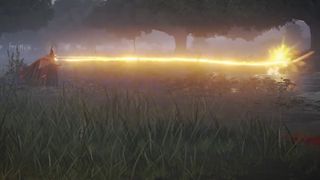
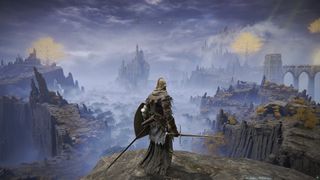
A perfect blend of mystery and cruelty puts Elden Ring's open world above the rest
Much like Chuck Palahniuk's best-selling novel, and the 1999 David Fincher film adaptation that further popularised the story, fight clubs in From Software games come with rules. Unlike the book and film, though, talking about them isn't an issue here in Elden Ring. But, in-line with the developer's open-ended narrative style, learning about them and what they involve often happens by accident. In the absence of designated voice chat, for example, customs exist by virtue of the game's gesture system. Two players lock horns at any given time in a winner-stays-on situation, and should only begin fighting after pre-battle salutations have been exchanged. One other player waits in the wings for their turn next, while a host invariably oversees proceedings – much like myself in the scenario described above.
All of this is also true in Dark Souls, where, over time, specific areas of the map have become synonymous with fight club gatherings. In the first game, Darkroot Garden is still considered the most popular spot for organised PvP duelling, with Oolacile Township (located in the Artorias of the Abyss DLC) a close second. In Dark Souls 2, the bridge that connects the bonfire to the castle building in Iron Keep is above and beyond the busiest fight club hotspot today; whereas in Dark Souls 3, the half-moon balcony at the rear of the Pontiff Sulyvahn boss fight is where it's at. Given the fact Souls games let players summon three phantoms and two invaders at any given time, fight clubs can enjoy two active gladiators, one host, and three observers all at once. In Elden Ring, on the other hand, only four players can be present at-a-time – meaning hosts are required to summon two golden summon signs and one red one, and go from there.
Which, to be fair, still works fine. Compared to Bloodborne, which only allowed one PvP duelist per invasion, fight clubs with four players are just as entertaining as anything I've seen in Dark Souls once they get going. The main problem with Elden Ring, however, has been locating decent fight club spots, which is almost certainly down to the sheer scale and size of its map. Only now, just shy of a month since release (amid unprecedented player numbers against FromSoftware's previous games), are semi-reliable fight club spots beginning to crop up – with some of the most prolific now being The First Step site of grace at the very beginning of the game, outside the Boilprawn Shack in central Liurnia of the Lakes, and, one of my own favourites, the aforementioned spot just along from the Smouldering Church.
Fight to the end
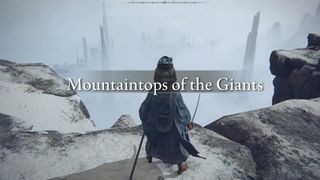
"Through this, it's fitting that Elden Ring's best fight club – a subculture conceived by Souls series players, grown over the years independent of the games' developers – exists at the very end of its storyline."
Elden Ring's best fight club location, though, is located in one of its end-game areas: Mountaintops of the Giants. Everything about this spot is top-drawer. It's flat, it's massive, it's a gorgeous Ariandel-like snowy expanse, and, given what you need to have overcome to even arrive in this location, the competition is as worthy as it gets. For me, this fight club epitomises everything that Dark Souls and Elden Ring fight clubs stand for: perseverance, skill, and, most crucially, honour. It's pretentious as hell, but there's even a palpable sense of respect among the fighters I've happened upon atop the mountain, which isn't present on the battlegrounds of the Smouldering Church et al. To access this icy plateau, you must have ascended the Grand Lift of Rold. To reach that, you must have stormed Leyndell, the Royal Capital. To do that, you must have felled Morgott, the Omen King; before which, you'll have travelled skyward on the Grand Lift of Dectus. Literally and metaphorically, this arena is elevated from the rest.
Through this, it's fitting that Elden Ring's best fight club – a subculture conceived by Souls series players, grown over the years independent of the games' developers – exists at the very end of its storyline. Even considering FromSoftware's light touch in pretty much every derivable aspect of their games, I can't be convinced that this area wasn't built with fight clubs in mind, or at the very least, without half an eye on Elden Ring PvP.
Sign up to the 12DOVE Newsletter
Weekly digests, tales from the communities you love, and more
What I can be convinced of is the importance of the rules. Because without the rituals and conventions that underpin Dark Souls and Elden Ring fight clubs, what's the point? Oh, so you thought Demigod Margott was a struggle, did you? And the path to getting here was a slog? Wait till I catch you sipping on a flask of Crimson Tears with your sword raised at one of my clubs. You ain't seen nothing yet, pal. Now, come on, put up yer dukes. There's your opposition just spawned in. Good luck, you'll need it up here.
Can't face the fury of a fight club? Then why not check out these great games like Elden Ring.

Joe Donnelly is a sports editor from Glasgow and former features editor at 12DOVE. A mental health advocate, Joe has written about video games and mental health for The Guardian, New Statesman, VICE, PC Gamer and many more, and believes the interactive nature of video games makes them uniquely placed to educate and inform. His book Checkpoint considers the complex intersections of video games and mental health, and was shortlisted for Scotland's National Book of the Year for non-fiction in 2021. As familiar with the streets of Los Santos as he is the west of Scotland, Joe can often be found living his best and worst lives in GTA Online and its PC role-playing scene.
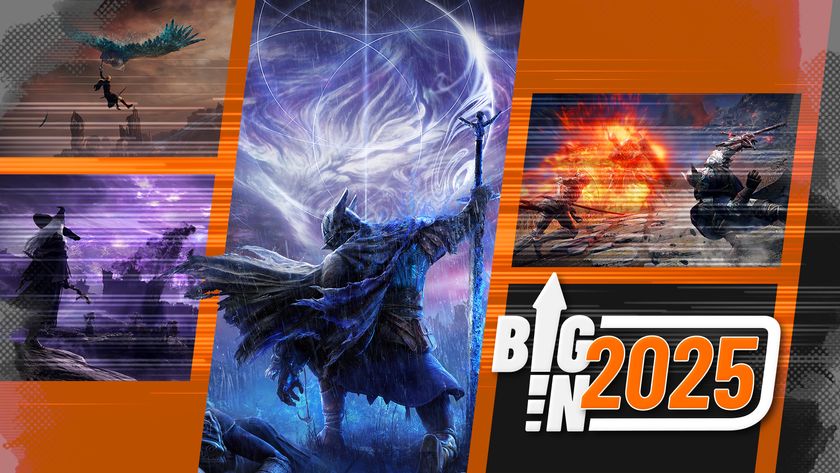
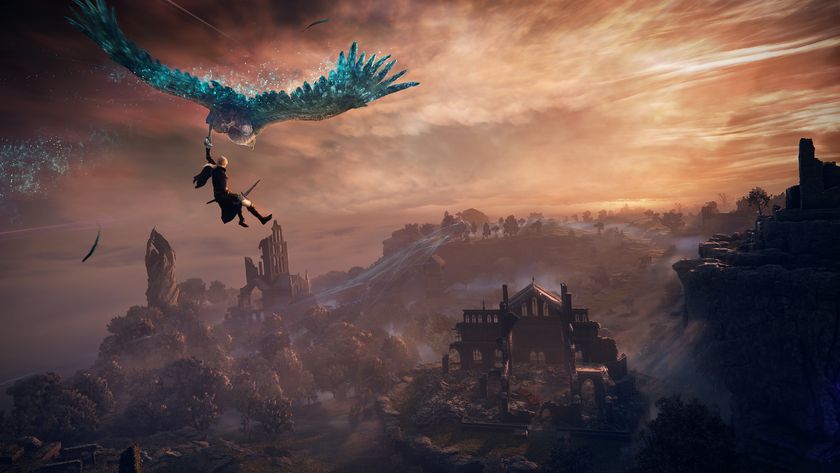
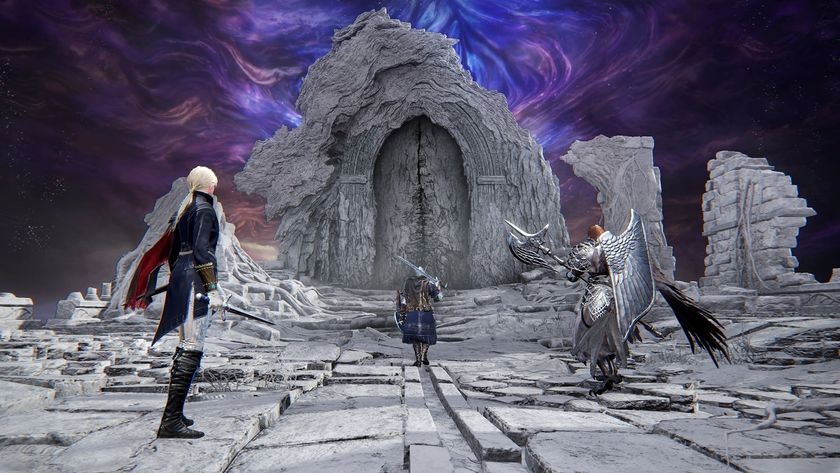
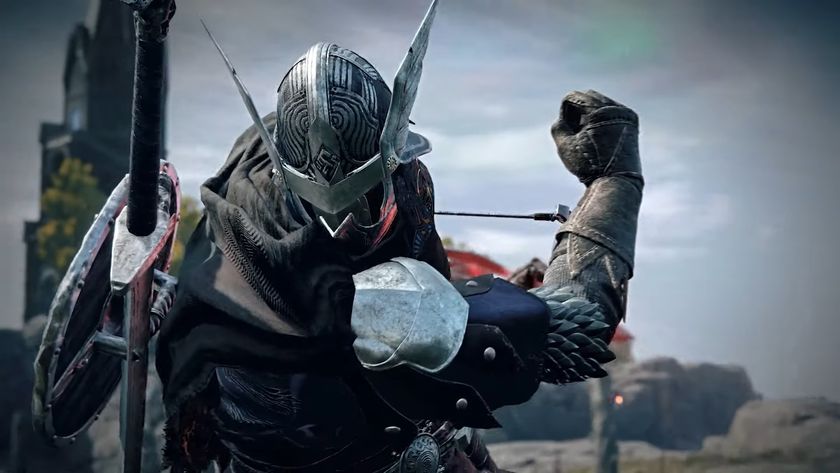
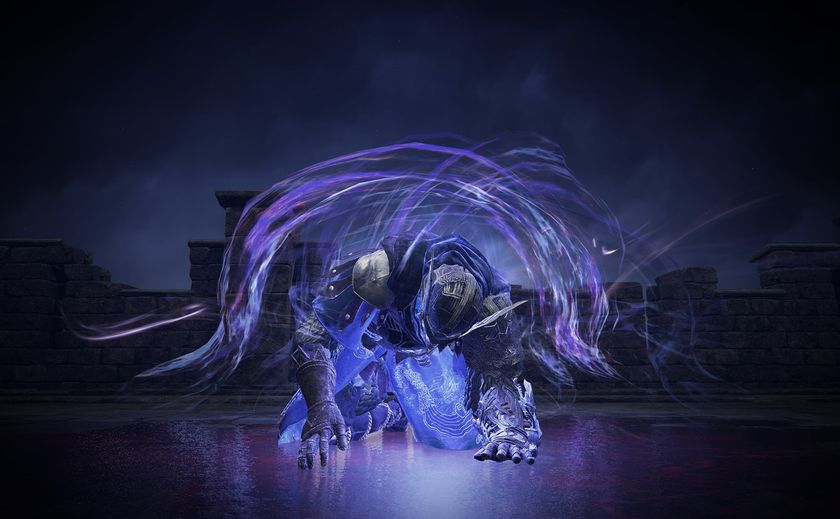

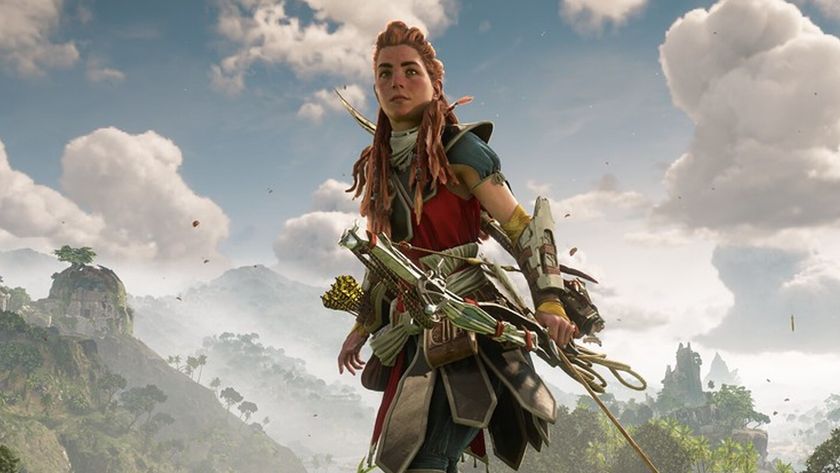
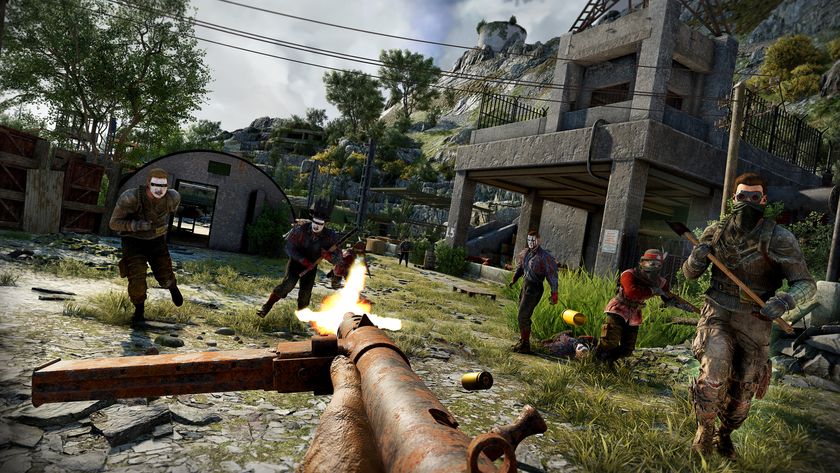

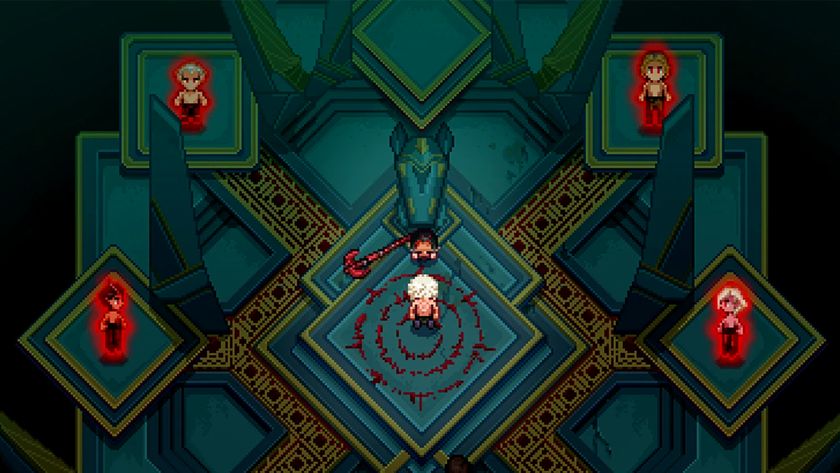
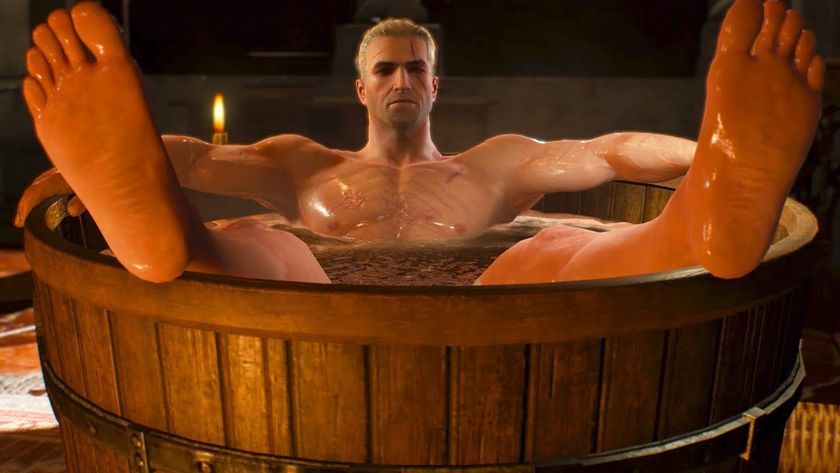
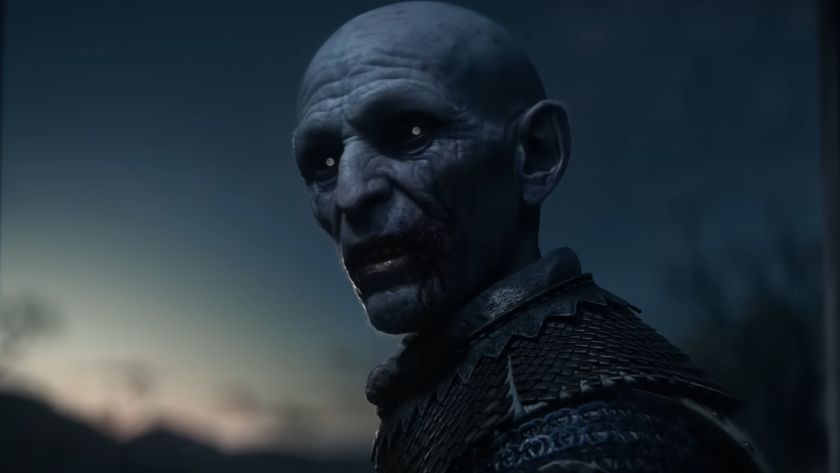







Horizon Zero Dawn's Aloy is the star of Sony's leaked AI-powered character prototype, which allows users to ask questions to an unsettling, emotionless version of the protagonist

Assassin's Creed Shadows' transmog looks set to combine the best of Odyssey and Vahalla to make changing my drip easier than ever
